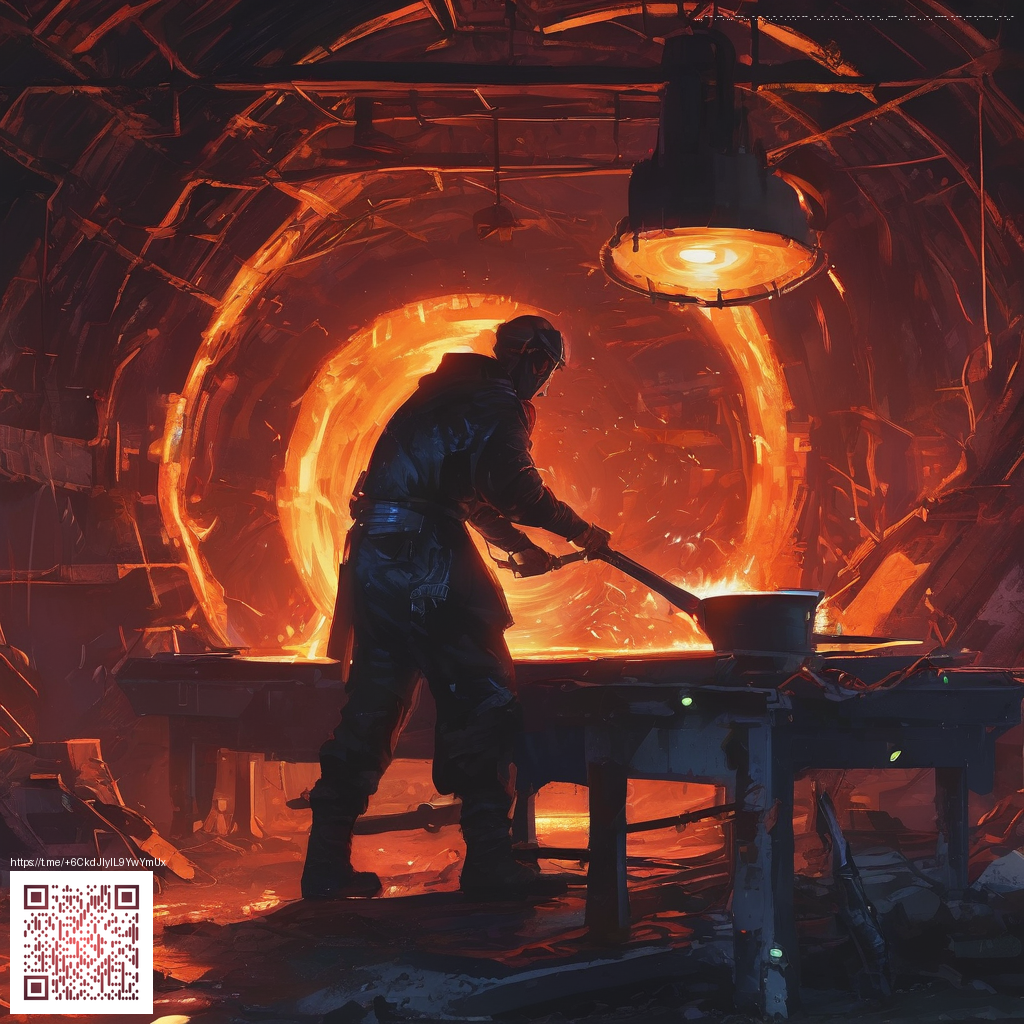
Soft Shadows as a Tool for Depth in Paper Art
Soft shadows aren’t just a visual afterthought; they’re a design instrument that helps your paper pieces feel tangible, tactile, and real. When light meets layered paper, it doesn’t simply reveal edges; it creates a gentle gradation that guides the viewer’s eye and suggests depth without resorting to heavy contrast. In the world of paper art, mastering these subtle transitions can elevate a simple composition into something that reads as both delicate and deliberate.
Think of soft shadows as the connective tissue between form and space. Your shapes remain crisp where you want focus, but the surrounding air around them breathes with a slight falloff that hints at distance, overlap, and weight. This balance is especially important when you’re documenting or presenting your work in a gallery catalog, on social media, or in an online shop. A well-tuned shadow can lend credibility to your craft and invite closer inspection. If you’re curious how this concept translates across media, you can explore approaches used in product photography, such as on the Neon Phone Case with Card Holder MagSafe Polycarbonate product page, which demonstrates how lighting defines edges while preserving bold character.
As you plan a lighting setup for paper art, start with a clear intention: do you want a crisp center with a soft halo, or a uniform, almost cloudy shadow that wraps around every cut? The answers guide your camera angle, light distance, and the amount of diffusion you’ll employ. A simple mental model is to imagine the scene in layers—from a solid core to progressively lighter surroundings. This layered approach mirrors how you build your piece in real life, one sheet at a time, and translates beautifully to how your photos and videos communicate depth to viewers.
Lighting strategies that nurture soft shadows
- Diffuse the key light. Use a translucent modifier, a white sheet of paper, or a softbox to soften sharp lines and create a gradual falloff along the edges of each element.
- Control fill with purpose. A gentle fill from the opposite side reduces harsh contrast but preserves the natural bend of shadow around curves. Placement matters more than intensity here.
- Introduce a rim glow. A subtle backlight helps separate layered pieces from the background, enhancing depth while keeping the shadows soft and readable.
- Layer intentionally. Build your composition with separate paper layers mounted on thin spacers. The measured distances create controllable shadows that imply depth rather than merely marking boundaries.
- Diffuse with translucent materials. Using vellum or lightweight tissue at the edges can soften transitions without erasing structure.
“Depth isn’t about darkness; it’s about how light interacts with structure. When you can see a form rooted in space, the piece feels more alive.”
For hands-on practice, experiment with the scale of diffusion and the distance between layers. A tiny shift in lamp angle or a fraction of an inch in elevation can transform a flat plane into a sense of three-dimensional space. If your goal is consistency—say, for a series of prints or posts—document a repeatable setup: a fixed light, a fixed diffuser, and the same spacing between layers. Consistency makes the depth readable across images, which in turn makes your work more cohesive and professional.
Incorporating soft shadows into your process doesn’t require complex gear. Start with everyday materials—thin cardstock, craft foam for offsets, and a simple daylight or continuous light source—and focus on the relationship between light, edge, and distance. The result is a more immersive piece that rewards a viewer’s attention without shouting for it. When you’re ready to showcase your work, consider how the presentation itself uses shadow as a storytelling device, not just a visual garnish. For reference to a related approach in product display and photography, explore resources linked on this page: related article page.
If you’re curious about a concrete product example that demonstrates how careful lighting shapes perception, check out the Neon Phone Case with Card Holder MagSafe Polycarbonate product page. It’s a reminder that even small, everyday objects benefit from thoughtful lighting—an insight you can seamlessly apply to your paper art photography and display work.
Putting it into practice
As you transform your studio setup, keep your audience in mind. Ask what you want them to notice first and how depth can guide their gaze through the piece. Use soft shadows to establish hierarchy—let the central motif glow with a gentle halo while peripheral elements fade more softly into the background. Your viewers will sense the space you created, and that sense of space is what makes paper art feel alive rather than flat.